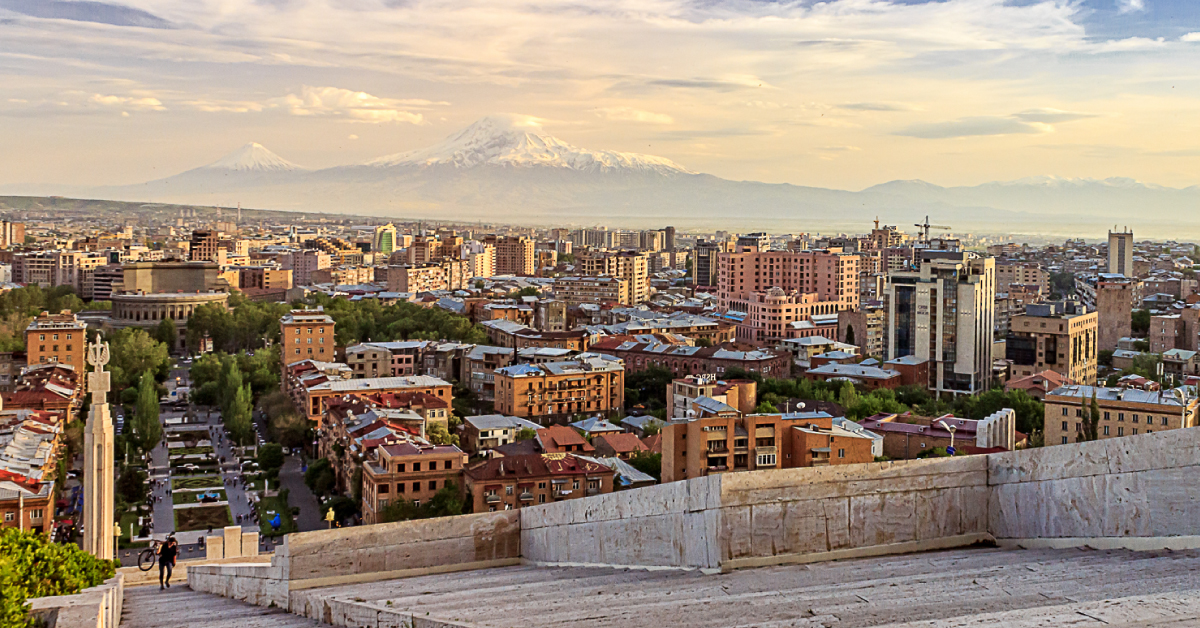2025
2025
2024-09-24

Azerbaijan's ambitions toward the Republic of Armenia's territory have intensified in recent years. Alongside the state-propagated false thesis of "Western Azerbaijan," new narratives have surfaced, openly promoting aggressive campaign towards the Republic of Armenia's sovereign lands.
On May 9, 2020, during a virtual meeting of the BAO (Bütöv Azərbaycan Ocaqlarının), a declaration was issued establishing a purported 'government-in-exile' for a 'Turkish Republic of Irevan.' The necessity to create an imaginary republic on Armenian territory was later explained as follows: 'Yesterday's Turkish khanate of Yerevan is today's Turkish Republic of Irevan' (it should be noted that we are talking about the Persian khanate of Yerevan, which has no connection to modern Azerbaijanis).
What does this "government" represent and what problem is it trying to solve?
According to the statement, the "government" has two offices: one in Baku and the headquarters in Ankara. The "government" was created by an initiative group of 40 members, called the National Council. On September 19, 2020, the first meeting of the "National Council of the Turkish Republic of Yerevan" was convened. Among the members of the initiative group are Agil Samedbayli, a relative of former Azerbaijani President Abulfaz Elchibey, and Professor Yasemin Karakoyunlu of the Azerbaijan National Academy of Sciences, among others.
According to their program, the National Council will be replaced in the future by a parliament consisting of 14 deputies. Separate structures will be established to manage legislative, social, cultural, and other areas, which will later be transformed into ministries.
Our goal is the return of the historical lands of the Republic of Western Azerbaijan -Irevan, which are currently within the borders of Armenia," said Gafar Chakhmakhli, chairman of the initiative group. He is a professor at Erciyes University in Kayseri, Turkey, and an Armenologist. He is the author of the textbook "Armenian Lessons: For Self-Taught Armenian Learners," published in 2013, as well as numerous anti-Armenian articles.
It is interesting that Chakhmakhli was born in 1956 in the village of Chakhmakh, now Kamkhut, in the Amasya region of Soviet Armenia. It is likely that he took the surname Chakhmakhli from the village name itself, as his original surname is Mehdiyev. In 1975, he moved to Baku, studied at the journalism faculty of Baku State University, and worked as a correspondent for the Baku-based Armenian-language newspaper "Communist." Since 2010, he has been the head of the Armenian Studies department at Erciyes University in Turkey.
As to the 'government-in-exile of the Turkish Republic of Irevan,' it is noteworthy that the initiative group has gone so far as to discuss what kind of governance model this imaginary republic would have: parliamentary or presidential. This 'republic' has even state symbols: a flag, a coat of arms, an anthem. July 4th has been designated as Flag Day, and recently, the 'republic's' anthem was presented, which was condemned by the Geghard Foundation.
According to Gafar Chakhmakhli's statement, there are currently representatives of the so-called "Turkish Republic of Irevan" in 14 countries around the world - in Russia, Ukraine, Kazakhstan, the Netherlands, Belgium, Spain, Sweden, Great Britain, and elsewhere. This fictional republic also has a party called "Turan" (founded in August 2020). The chairman of the party is the famous Azerbaijani poet Gilman Iman.
According to Gafar Chakhmakhli, the idea of founding a "Turkish Republic of Irevan" has been on the agenda of the Azerbaijani and Turkish public for many years, and its implementation has been welcomed by the presidents of Turkey and Azerbaijan.
According to Chakhmakhli, Armenians have never had a state in these territories (referring to the territory of the Republic of Armenia). "But we historically had a state in Western Azerbaijan - the Khanate of Irevan, which is today's Armenia," Gafar Chakhmakhli noted. In other words, they present the Persian Khanate of Yerevan as part of the heritage of the Azerbaijani statehood created in 1918.
Thus, this kind of Azerbaijani-Turkish projects, based on their own fabricated historical theses, have one main goal: to present Armenians as a people without a state and to continuously present territorial claims to the Republic of Armenia.
Photo by Nerses Matinyan